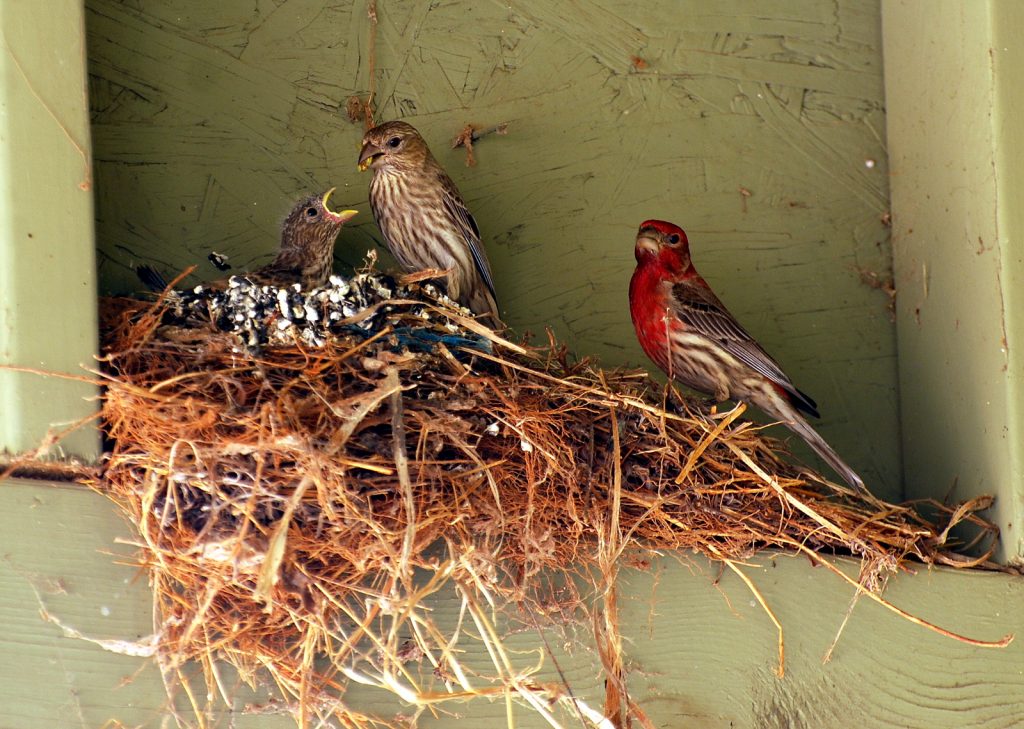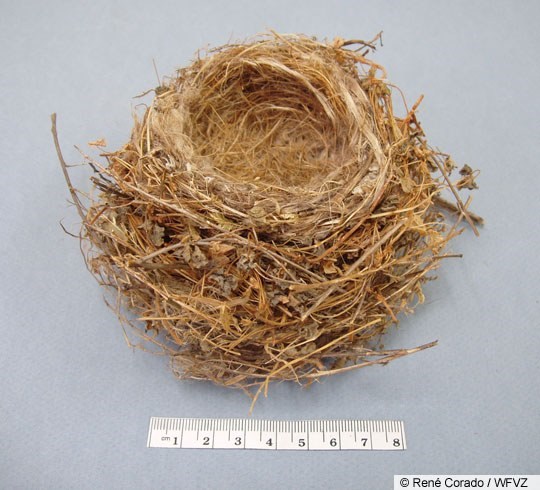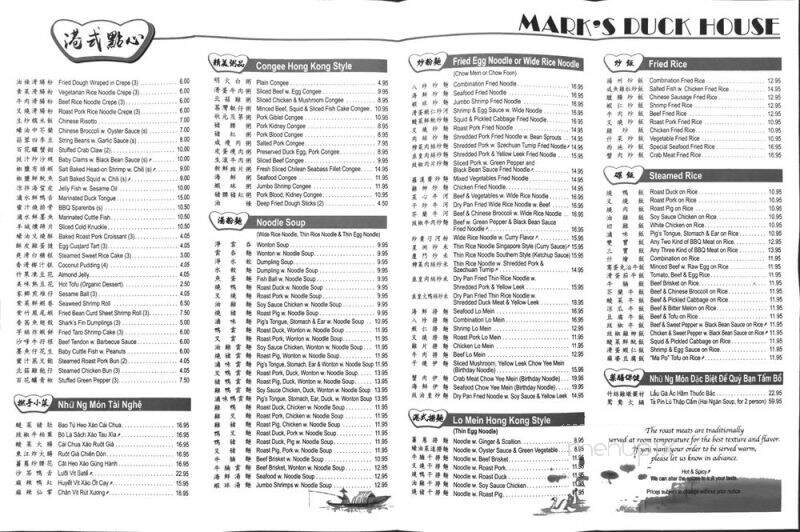Table Of Content

House Finches typically live off things like nuts, berries, and seeds. Even in suburban areas, House Finches have a long list of predators attracted to their red feathers. However, life in the wild is dangerous, and many may not live to see their 11th birthday. Things like available food sources, cold winters, and predators cut the lifespan of the House Finch short.
What are the types of eggs of house finches
10 Fun Facts about the House Finch Audubon - National Audubon Society
10 Fun Facts about the House Finch Audubon.
Posted: Tue, 21 Dec 2021 08:00:00 GMT [source]
Fortunately for the birds and many of us, the House Finch adapted well and is now a common bird in almost every state. Initially, the House Finch was a bird of the west, but because of its rosy breast and very melodic song, people wanted to own one. The university closed its campus Wednesday evening as LAPD began arresting demonstrators. These doves are one of the most harvested migratory game birds in North America.
House Finch Migration and How to Attract Them to Your Birdhouse
Both males and females may sing during the breeding season, and males sing year round. When finches lay eggs they leave the nest about twelve to fifteen days after hatching. Both parents participate in feeding the young but after the first few days of incubation the male takes over the feeding job. After this time the female’s role slowly diminishes as she prepares the nest for the next clutch.
Do house finches use the same nest?
Their body shape is similar to other finches, and they have short, thick bills. House Finches are native to the southwestern United States and Mexico, however by natural and artificial range enlargement, they’re now ample all through North America. Throughout their range, many House Finch populations migrate both quick distances latitudinally or altitudinally. Before 1945, populations of House Finches within the Okanogan Valley migrated south, but since 1945, House Finches on this space have been resident. The feminine then joins the male in bringing meals to the younger.
House Finch Song
While House Finches flock towards feeders during the non-breeding season, most flocks will stay together and use the bird feeder’s year round. They also often forage on the ground and perch on weeds, shrubs, and trees. The House Finches diet is mostly vegetable matter (seeds, buds, berries and nectar). They also eat a few small insects, especially aphids, but are primarily seed and fruit eaters at all times of the year (Bird Web).
What Do House Finches Look Like?

This bird species starts its breeding season in March and lasts through to August. Finches in Canada or the eastern part of the United States around the Great Lakes region typically head south for the winter. The House Finches in mild weather locations in the south or western United States typically stick around for the winter months. They often construct their nests in trees but sometimes build nests on the sides of buildings, street lamps, or even abandoned nests. A pet shop owner in New York captured and sold House Finches as pets, which was very illegal.
What time of year do house finches nest?
Overall width of the nest is 3-7 inches, with the inside cup 1-3 inches across and up to 2 inches deep. Bird watchers can easily attract this bird to feeders by offering Black-oil Sunflower, safflower, and nyjer seeds. Even during the breeding season, these birds regurgitate seeds to their young. The Brown-headed Cowbird often lays its eggs in House Finches nests.
Can a house finch be stopped from building a nest in the wrong place? - The Mercury News
Can a house finch be stopped from building a nest in the wrong place?.
Posted: Mon, 09 Apr 2018 07:00:00 GMT [source]
However, most finches nest between early March and August. The first clutch typically hatches in March after a fourteen-day incubation period. They spend their days hopping along the ground or though the shrubbery in search of seeds, berries, and fruits. As the breeding season begins, pairs form and break away from the flock to reproduce. Because they’re so widespread, house finches will not be troublesome to seek out. Watch for small, brown-gray birds with a splash of red on the top and rump, usually at low or mid-story ranges in bushes and bushes.
During the winter they migrate from the northeastern U.S. to southern regions. The reasons for this movement are uncertain but it’s safe to assume that they’ll follow some pattern or another. But it’s certainly worth knowing where they’re most likely to spend the winter. Some northern populations of House Finches are migratory, moving south in the winter. They are extending their range north into southern Canada and south into Mexico.
While the dad feeds the young fledglings, the female House Finch is busy building a new nest for her next brood. The male House Finch forages for food and brings it back to the female. During this time, the female House Finch also protects her nest from hungry predators. Many House Sparrows lay between two to six broods per season, with the average being around four broods per nesting season. With courtship happening in the winter, nesting season begins in early spring.
There are no exceptional threats to the house finch, and their population has increased in the last 50 years, unlike many bird species. Their primary risk is disease outbreak that began in the 1990s, which took an initial hit to their population. As with all wildlife, it’s important to be respectful of the house finch and their habitat. Keep your distance from them, maintain the park speed limit, and refrain from feeding them. House Finches may be primarily responsible for raising the young but there are instances where the male plays an important role in raising the young. House Finches may also spend more time in the nest during the day.
The nest cup is often made of leaves, feathers, fine stems, rootlets, wool, thin twigs, and string. Adult male House Finches are rosy read on their upper breast and face. They have streaks of brown on their tail, belly, and back. They also have a red rump that can only be seen in flight. If you’ve ever wanted to witness a finch bringing a new little bundle of joy into the world, you’ll need a bit of patience. On average, it takes about two weeks from the time a finch lays an egg for it to finally hatch.
Fortunately, today, an increase in the birds’ population has been observed as the birds benefit a lot in the many developments we do. Adult male House Finches have an all-red, evenly rounded head. House Finches also lack the mustache stripe and white eyebrow that female/immature Purple Finches have. House Finches tend to benefit from development created by humans.
Their beak size is an important factor in their visual dominance displays. During courtship, males touch bills with the females and then present the females with bits of food. If the female mimics the behavior of a hungry chick, he may feed her (Veit).

Sometimes, feathers, strings, hair, and other debris are also added to serve as a soft lining of the best. House Finches are very common in various parts of North America, sometimes extending to Southern Canada. Their population ranges from Oregon to California and Mexico, then towards the western portions of Nebraska and Texas. The vast majority of the House Finch's diet is vegetable matter--seeds, buds, berries, and nectar. They eat a few small insects, especially aphids, but are primarily seed- and fruit-eaters at all times of the year. Their tails seem long in comparison to their wings because their wings are on the shorter side.
In fact, the vast majority of these finches in eastern North America survive by living in close proximity to humans. Their primary habitats are backyards, suburban areas, cities, farms, and parks. In their natural range, the species inhabits more “traditional” and less urban habitats. Adult males are rosy red across the face and higher breast, with streaky brown back, stomach, and tail.

No comments:
Post a Comment